Republished from Leatherati.com
by Ali Mushtaq
I walk into the Eagle Los Angeles on a busy Friday night. After getting my drink, I notice one of my friends walks in with someone I don’t recognize. This stranger has a thick beard with a shaved head. He stands six feet tall. He has a stocky, muscular body adorned by an intricate harness and tight leather pants. His nipples stand on end. Mine do too. My friend makes small talk with me and proceeds to introduce me to this new stranger. This stranger interrupts, “We’ve already met. You’re Rahul. We hung out last week at the other leather bar.” Baffled, I disagreed, “No, we’ve never met before because I was working last week.” He responded, “I couldn’t forget someone as hairy as you are. You have an excellent brown skin tone too. Very hot.” Then I say, “I’m not Rahul. I’m Ali.” After inspecting my physique and my face, he says “I’m so sorry. You look exactly like . . .” I’ve had this conversation many times after moving back to Los Angeles from San Francisco. The truth is that Rahul and I are good friends, but we look nothing alike. We are different people. I turned to the internet for answers.
Close to eight months ago I came across Mr International Mr Leather 2014, Ramien Pierre’s, article about racism in the leather community. In the article, he highlighted two parts of his experience with racism in our community: a lack of respect without his sash and being interchangeable with other Black men. That’s exactly what happens to me and my friend, Rahul. We’re seen as the same person, as being interchangeable. But if having one of the highest leather titles doesn’t guarantee personhood, how do the rest of us, as men of color, fare in the leather community? The leather community is vast. Its form and structure varies from city to city, state to state, and region by region. However, even though I’m writing from a Southern California context, our experiences seem to cut across locale, and even, racial/ethnic groups. Thus, I want to piece together my experience as being a man of color and provide a context for this experience. Additionally, I want to highlight the need to recognize emerging institutions, such as Onyx, that help to build solidarity among of men of color and their allies. In this article, I will discuss my experiences as a man of color, a potential context to these experiences, and highlight emerging organizations that can help build solidarity in the leather community.
Being Gay, South Asian, and Into Leather.
Being South Asian and into leather means I occupy the position of being “that hot Middle Eastern guy,” even when I’m not ethnically Middle Eastern. But when I meet someone for the first time, I always have to respond to, “Where are you from?” with my ethnic background, and never the city I’m from, especially when I’m at a leather bar. If I don’t respond the way people expect me to, people probe for my ethnicity, as if that’s a key part of my being. To them, the logic seems harmless, “I’m just curious.” However, especially when prefaced with “I think Middle Eastern men are hot,” there seems to be an underlying relationship between my alleged ethnicity and being sexually desirable. Therefore, the logic of “where are you from?” becomes embedded in a stereotype and expectation, “you are going to tell me your ethnicity because your ethnic background helps me use stereotypes to figure out who you are and how we would have sex with one another.” My ethnic background says little to nothing about my individuality or my sexual preferences. I’m pretty sure, however, this doesn’t happen to my White leather brothers. They’re free to be from St. Paul, Rochester, Los Angeles, or San Francisco without any question.
Because of this, my ethnic background becomes a part of the “interchangeability” issue: you’re only hot because you’re of a certain ethnic background and not because I like your body type or you. In Ramien’s piece, he echoes the issue of being of color and being interchangeable. In Los Angeles, I am interchangeable. There is another leatherman that happens to be short, South Asian, and hairy. Despite having different personalities, body types, looks, and ethnic backgrounds (he’s Indian and I’m Pakistani), we are sometimes seen as being the same person, or being interchangeable. This plays out in several ways. For example, my friend called our local leather shop to check an order. While doing so, I went to the Eagle Los Angeles for a quick drink. Later, a leatherworker from the store finds me at the Eagle, and starts discussing the order my friend placed earlier that day. He was under the impression I was my friend. When I told him I wasn’t my friend, he immediately apologized. Another instance, during a title contest, my friend was asked to demonstrate his two stepping abilities. He told them that I was the one that two stepped (which I love doing) and the judge was mistaken. Again, this idea of being interchangeable only applied to me and my friend because we are South Asian.
Weirdly, many men in the Los Angeles leather community could easily fit the description, “short or shaved hair, stocky to semi-muscular build, plus or minus a beard or some tattoos, in a harness.” But I still know their names and can keep the conversations I’ve had individually with them, separate. This is a luxury I am not afforded. In this instance, I don’t stand out because I can’t. I am not afforded this privilege of being my own person.
Connecting Experiences with the Leather Community
Being interchangeable helps to downplay the individual’s personhood. We get the sense of being interchangeable because the leather community does not exactly market to people of color so our relative presence in the community is relatively low. For example, Blacks, Asians, or Middle Eastern men tend to not be the focus of advertising in the leather community. In addition to marketing on advertisements, these particular ethnic groups are relatively scarce as (leather) porn stars, leather discussion panelists, leather community leaders, BDSM demo leaders, and the like. Additionally, as part of marketing, porn played in bars tends to reflect this trend. Gay porn, especially BDSM porn, tends to highlight the sexual experiences of White actors. Minority men exist as a genre of porn (e.g. Latino porn or Black porn or even “interracial porn”), exclusive from BDSM/leather porn. While some places might occasionally play porn with Black men in them, this is not usually the norm. Thus, leather marketing fails to draw in additional ethnic communities other than the ones that it primarily caters to.
We Need Onyx
Some of us question what it means to be a “brother” in the leather community. In a leather contest, I was asked the question, “how has being someone of color affected your experience in the leather community?” I was asked this by the only non-White judge on a panel of mostly all White judges. When I was asked this, I don’t think I’ve felt more vulnerable. It was not only because what I said affected the outcome of the contest (as the interview portions are the most weighted in a leather contest), but also, because these were my peers. How would they judge me if I responded with the ideas and experiences I pose in this article, in a contest? More importantly, since these were peers, what would they say or think about me if I responded with these experiences? I gave the most colorblind answer I could. That is because I truly believe in brotherhood, trust, and community. Regardless of our skin color, we are all community members sharing the love of kink and/or leather. But the reality of the situation is that some brothers are more accepted than others, and to different extents, because of their skin color. These brothers did not have my experience because of their skin color, and probably might not have understood my experience. As a result, men of color and their allies use Onyx to bridge leather with their racial/ethnic identity.
This is why we need Onyx. As the population changes, so must the vision of the leather community. In his piece, Ramien mentions the idea that men of color exist as “triple minorities” in the leather community. For example, I am a minority (Pakistani), in a minority (Leather), in a minority (gay) group. Because of this status, I don’t feel like a brother in the community as opposed to feeling like a statistical anomaly. I need to be around people that subscribe to the values and practices of the leather community, but also have similar experiences of exclusion and otherness. This is not only because we have negative experiences in the leather community because we’re men of color; but also, the group provides a space to discuss race in the leather community. Our space is especially helpful when we have a dialogue with our allies who do not identify as a man of color. To be an ally who is not of color means that these people understand issues that men of color deal with in the community. They are able to understand that a man of color is hot because he matches an idea of beauty, not just because of his ethnic background. Additionally, these allies respect the individuality of their community members. Thus, Onyx provides as a bridge for men of color and their allies to develop community.
Being in Onyx, we can discuss issues that affect us as men of color in the leather community. When we’re being flogged or whipped, how much of it is based on our individual desires and how much of it is based on a hard history of slavery? When we top or bottom, are we truly acting on our own, or are we playing to a stereotype about dark, hypersexual men? Do we care? Or even, how do we come out as being kinky to family/friends, who might have an antipathy of homosexuality because of our ethnic roots? As a community, we understand these concerns because we share a common experience of being racial outsiders.
Like other members of the leather community, men of color also deal with HIV/AIDS. Yet, multiple studies in public health and social science argue that race plays a major role in how HIV is acquired, treated, and prevented. As a community that focuses on loving our positive bothers, it is also important to discuss racial/ethnic framings of HIV/AIDS because different communities deal with the virus differently. That is, how men of color with virus may have different experiences with HIV/AIDS than their White counterparts, given this added layer of ethnicity. This also plays a role in prevention, especially with the PrEP (preexposure prophylaxis) entering the discussion as a newer form of HIV prevention. This then forces us as a community, especially in Southern California, to tackle issues, for example, of how Latinos understand sexuality so that we can frame PrEP programs to target their particular community. Because of these concerns, we need groups, such as Onyx, because of the issues mentioned in this article: being interchangeable and the lack of representation of men of color in the male leather community. Namely, Onyx plays a major role to add men of color’s experience to larger tapestry of gay leather history. Onyx helps us to address the concerns of men of color by acting as a support group. Finally, Onyx helps to expand the conversation on problems that not only affect men of color, but also other members in the LGBTQ community (such as HIV/AIDS).
I strongly hold fast to the values of the leather community. I hold fast to tradition, honor, brotherhood, and to the bonds we share as men. But as a South Asian man, I also have to scout out an uncharted terrain where my forerunners might find me. I have to be the role model I don’t have. I have to be a vision of greatness I want to see around me, but cannot, because it doesn’t exist. Because of this, I hold myself to high standards of not only physical excellence, but also, an intellectual and moral rectitude. I have to be the one to set the example for me because few stand where I stand.
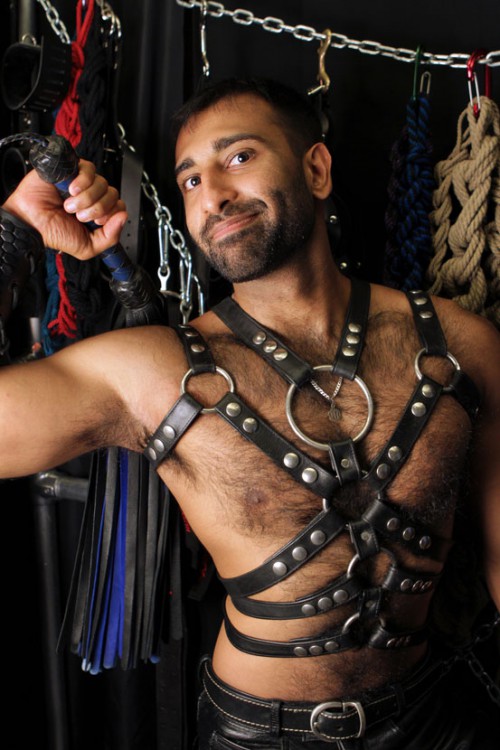 Ali Mushtaq currently lives in Southern California. He is a Ph.D. Candidate in Sociology at the University of California:San Francisco. His research focuses on issues of social inequality, masculinity, culture, and fitness. He also coauthored several peer reviewed articles, especially on the role race plays in the media and community belonging. He is also an adjunct professor at Long Beach City College and has taught a number of sociology related courses at other universities. In his spare time, he is a member and secretary of Onyx’s emerging South West Chapter. His hobbies include going to the gym and becoming a competitive west coast swing dancer. He can be reached by email at leatherali99@gmail.com.
Ali Mushtaq currently lives in Southern California. He is a Ph.D. Candidate in Sociology at the University of California:San Francisco. His research focuses on issues of social inequality, masculinity, culture, and fitness. He also coauthored several peer reviewed articles, especially on the role race plays in the media and community belonging. He is also an adjunct professor at Long Beach City College and has taught a number of sociology related courses at other universities. In his spare time, he is a member and secretary of Onyx’s emerging South West Chapter. His hobbies include going to the gym and becoming a competitive west coast swing dancer. He can be reached by email at leatherali99@gmail.com.


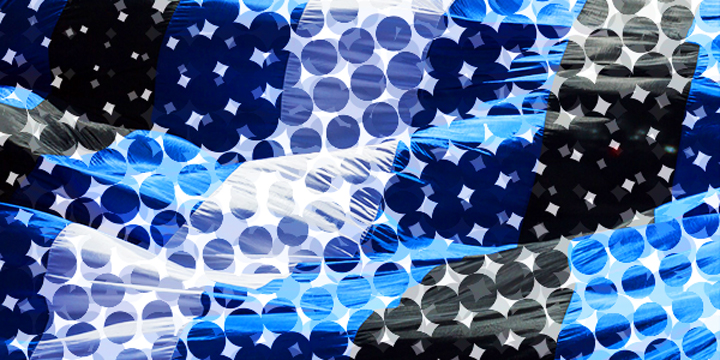
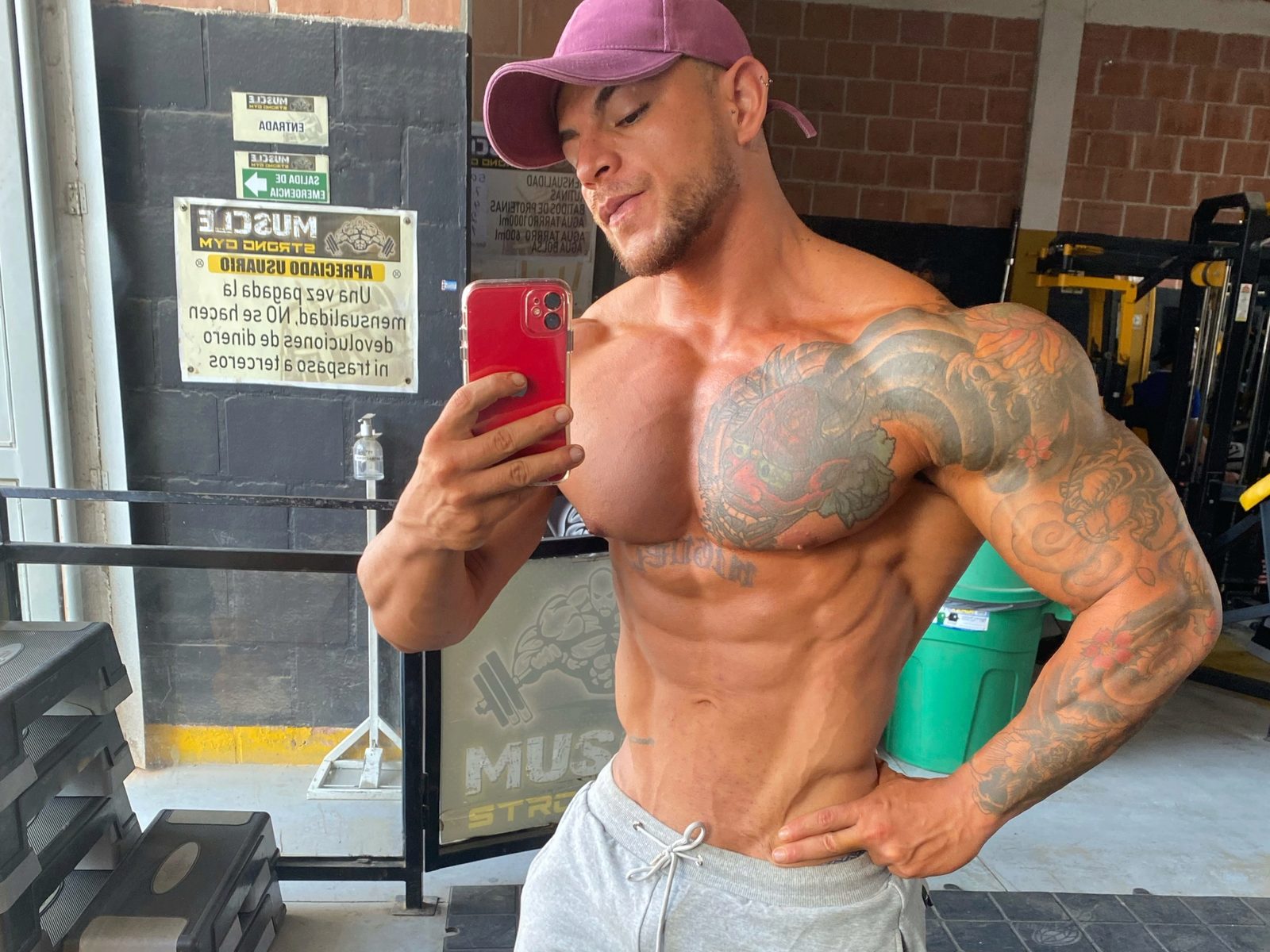
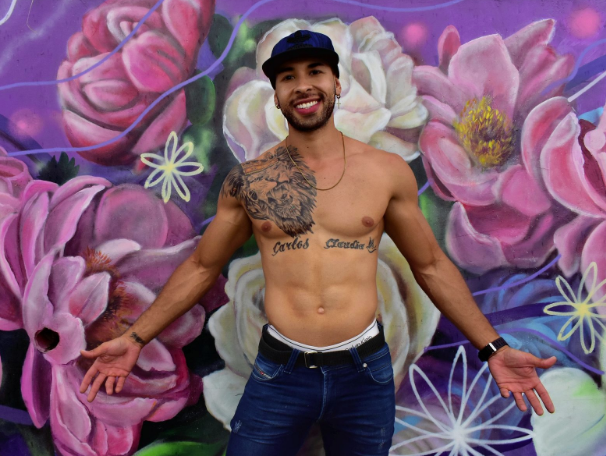
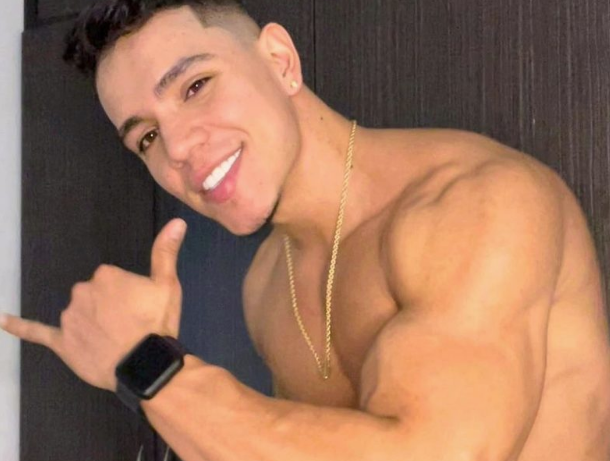
Thank you for posting this informative article, Ali makes some pertinent points and shines a light on an issue in both the leather and wider LGBT communities.
Well I really admired his ability to argue out of and glean important points from his personal experience. It wasn’t a condemnation of what ‘everyone else’ is doing wrong. It was really ‘this is what I see when I engage with this particular community in this way.’
He’s a smart cookie.
It isn’t always about race. I have mistakenly thought people were someone I had met earlier but it was the wrong person. I really don’t think most people are being racist in this respect. Because of some race’s pronounced physical traits, sometimes people make an identity mistake. I think we’re making too much out of this. People are different and sometimes we find ourselves in awkward situations because of it.
And also a lot of this mistaken identity happens in bars where people are under the influence of alcohol.
ali.
did you ever “do anything” with that “stranger” with the “thick beard” and “shaved head”?